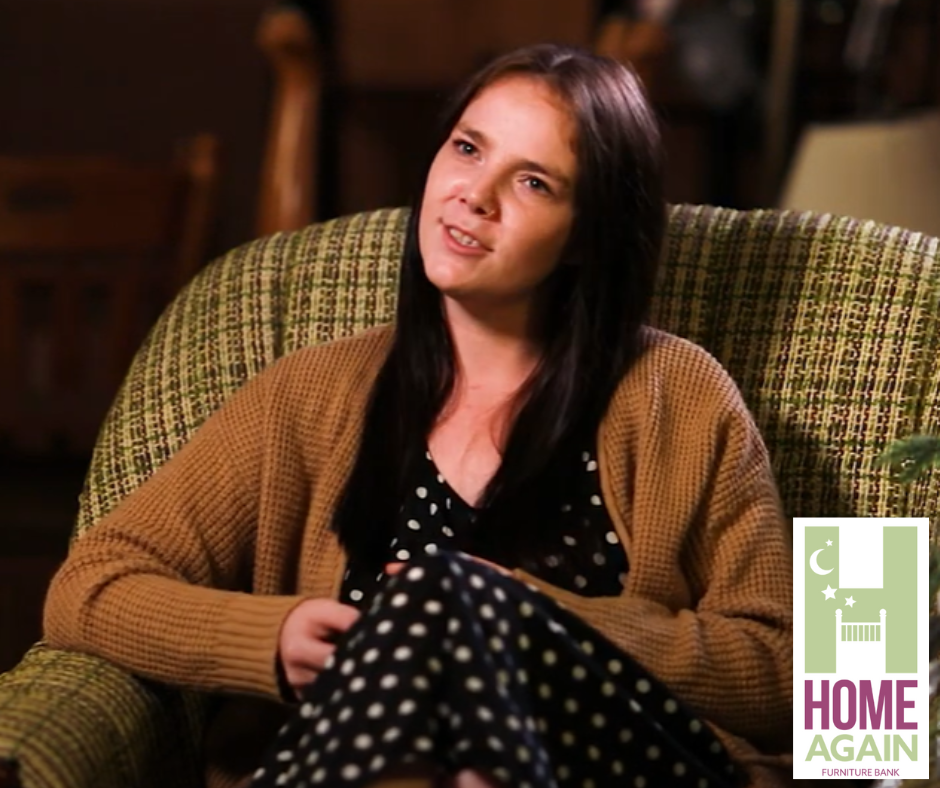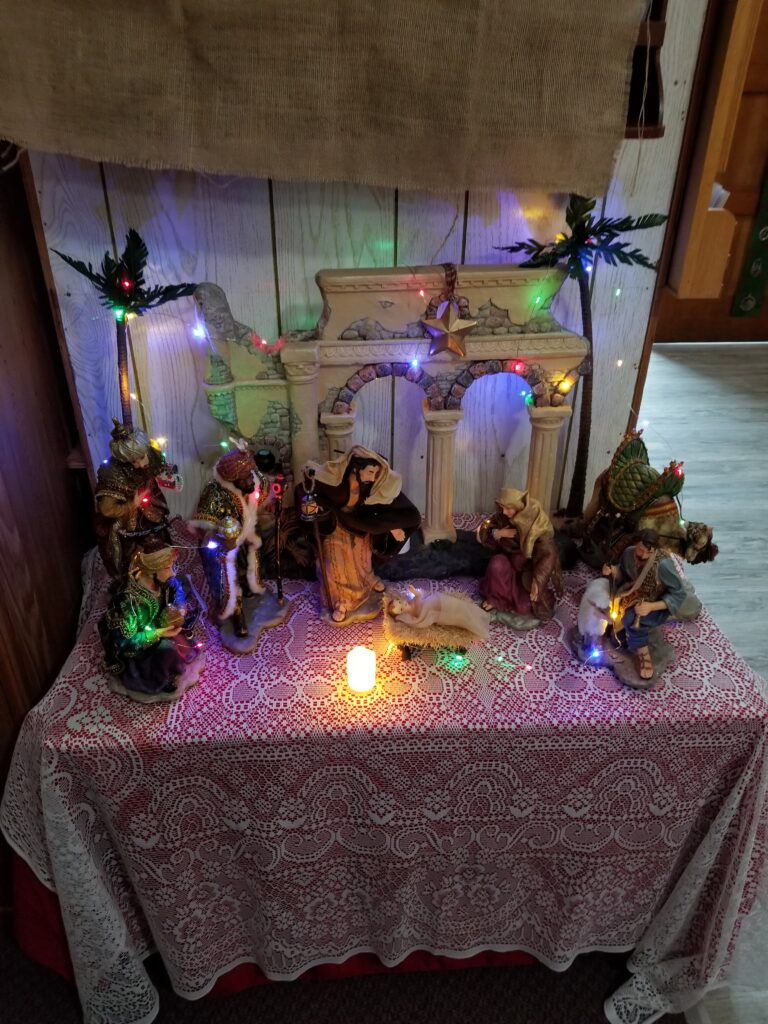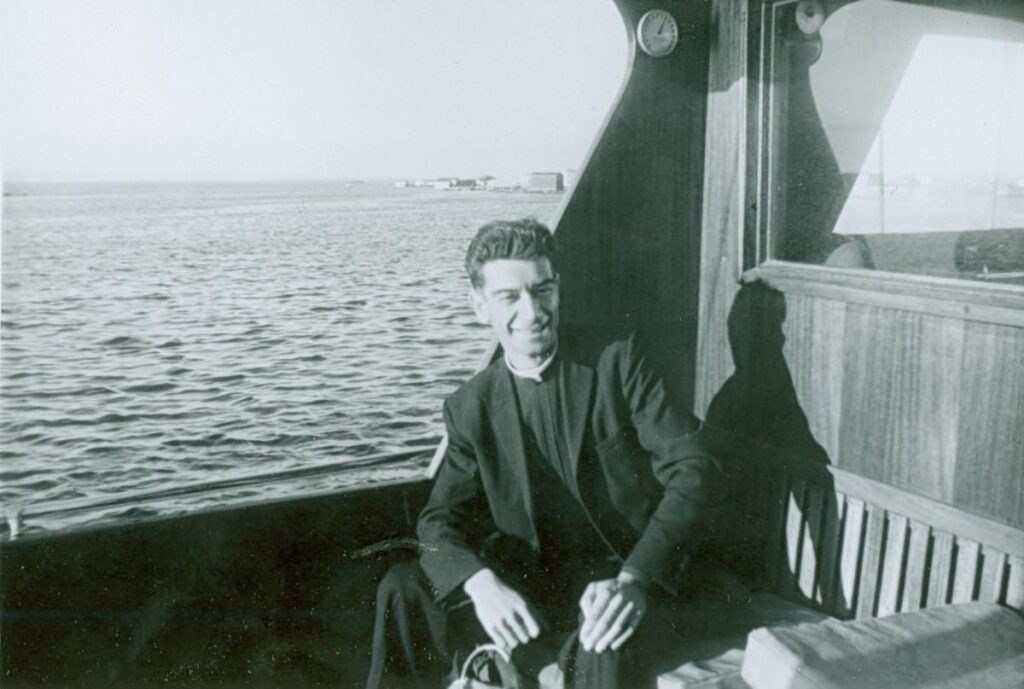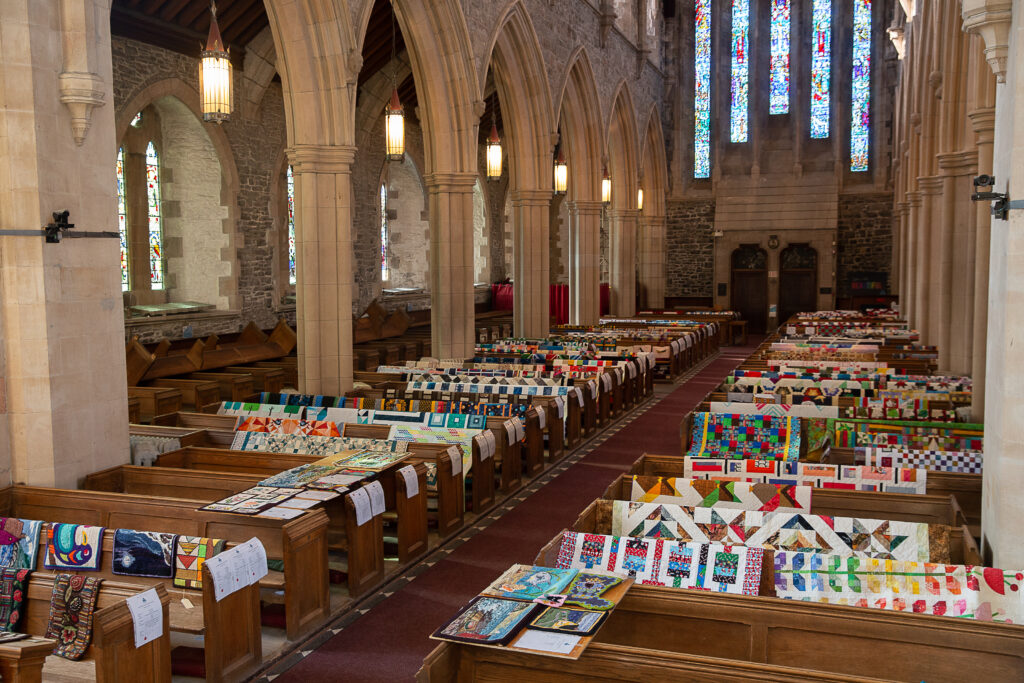
Heads Without Beds 2024—Home Again Furniture Bank
On March 22nd, 80 people gathered and joined Home Again to help celebrate all the amazing work done to support our neighbours who are sleeping

On March 22nd, 80 people gathered and joined Home Again to help celebrate all the amazing work done to support our neighbours who are sleeping

The above three photographs are: a group shot from the ordination of The Rev’d Rowena Payne, Rev’d Rowena cutting her cake, and Bishop Rose with

While Home Again is not specifically a ministry of the Anglican Church, it was founded by members of the Diocese of Eastern Newfoundland & Labrador,

Two parishes come together for island confirmation On November 26th, 2023, the Parishes of Fogo Island East and Fogo Island West, under the guidance of

This Advent, the Church of the Good Shepherd in Norris Point displayed a beautiful variety of nativity scenes provided by parishioners. Some of the scenes

Bishop Martin Mate was a dedicated figure in the Anglican Church. He passed away at the age of 95 on November 28, 2023. Preceded by

The three photographs in this article are from the Anglican Cathedral of St. John the Baptist’s quilts, hooked rugs, and stitching exhibition that took place
Hello Emily, Thank you for your work as Editor of Anglican Life and for your initiative in bringing to the light the financial status of

On September 29th, 2023, Bishop Rose ordained the Rev’d Rowena Wareham to the sacred priesthood in Arnold’s Cove.

On September 13th, 2023, Bishop Rose ordained the Rev’d Jennifer Rumbolt to the sacred priesthood in Mary’s Harbour, Labrador. Diocesan Executive Officer, Archdeacon Charlene Taylor,

ANGLICAN LIFE in Newfoundland and Labrador is the newspaper of the Anglican Church of Canada in the Province of Newfoundland and Labrador. A co-operative effort of the three Dioceses in Newfoundland and Labrador, it is publishes ten issues each year with an independent editorial policy.
Anglican News Canada is a ministry of the General Synod of the Anglican Church of Canada